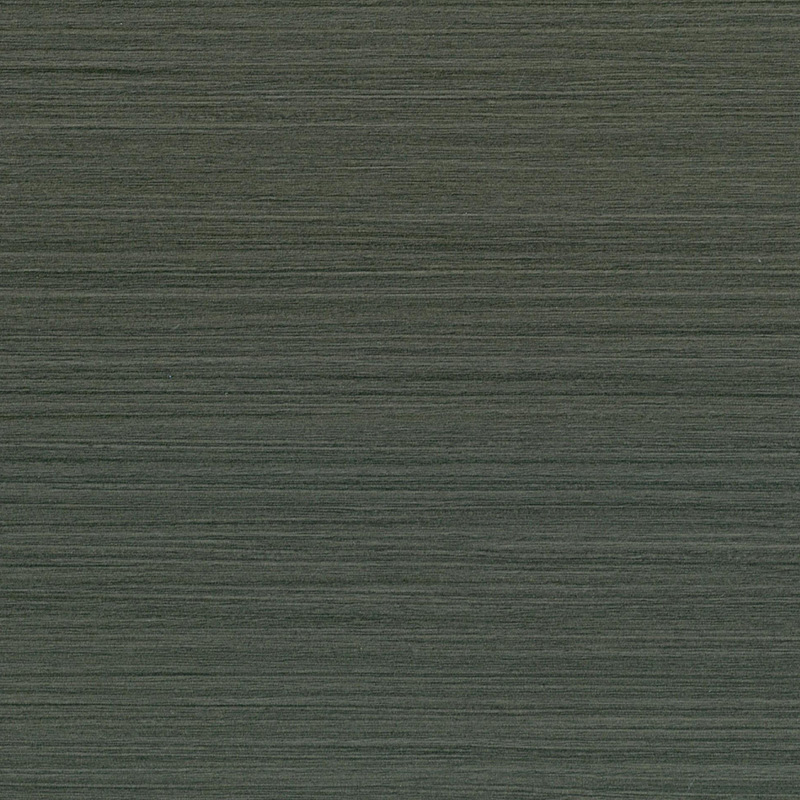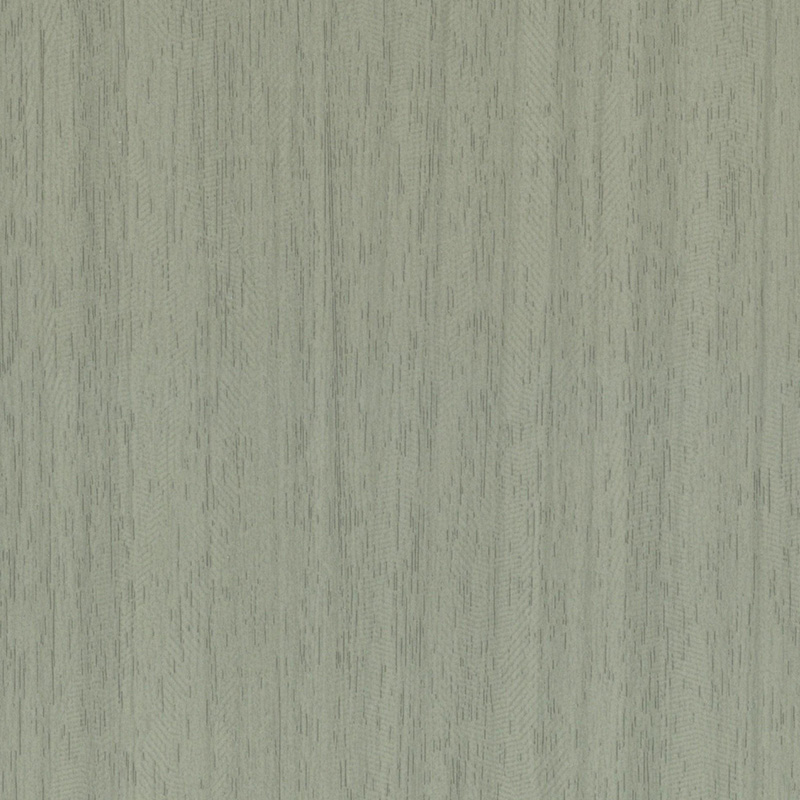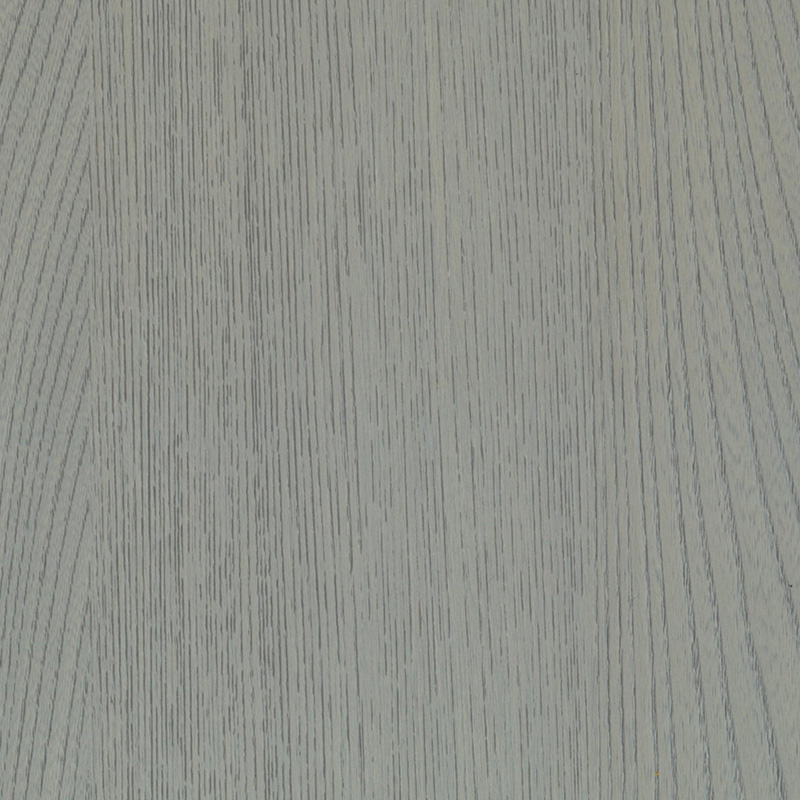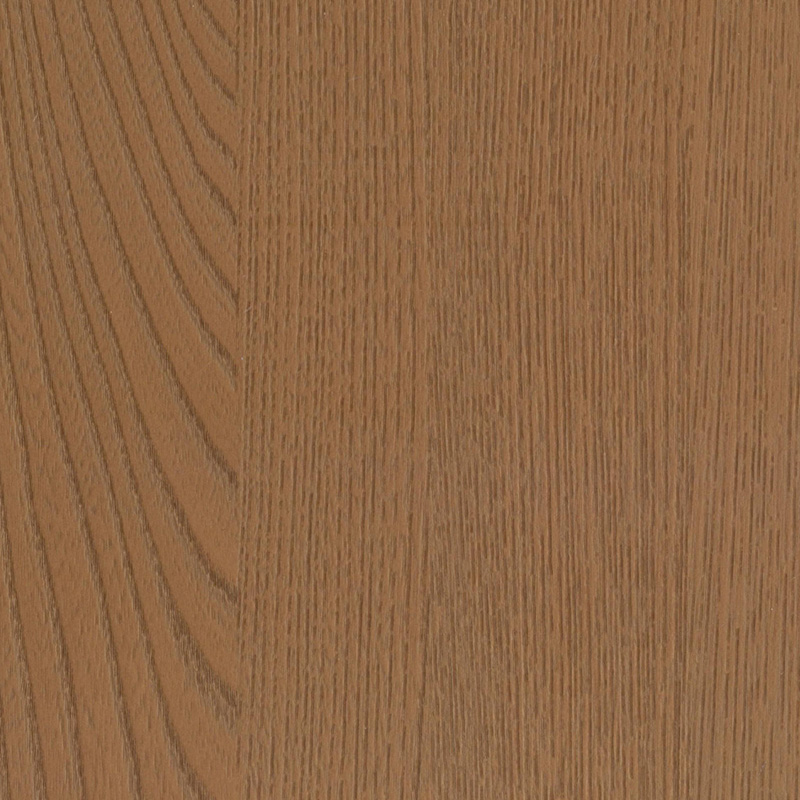Wood Grain Decorative Film Innovations Advance
The interior design and architectural industries are witnessing a remarkable transformation through innovative applications of wood grain decorative film. This sophisticated material technology has evolved to offer astonishingly realistic wood reproductions that challenge traditional material perceptions.
Manufacturing breakthroughs have significantly enhanced the authenticity of wood grain decorative film surfaces. Modern production techniques utilize high-resolution photography and precision embossing methods that capture the subtle characteristics of natural wood, including grain variations, knot patterns, and texture depth. These technological improvements allow wood grain decorative film to replicate uncommon and exotic wood species with remarkable accuracy, making sophisticated designs accessible without environmental impact. The development of multi-layer construction in wood grain decorative film ensures durability while maintaining the material's visual appeal.
Sustainability advantages represent a compelling aspect of wood grain decorative film adoption. The material enables conservation of natural wood resources while providing the warmth and character of wood surfaces. Modern wood grain decorative film production incorporates recycled materials and employs manufacturing processes that less environmental impact. The longevity of these surfaces reduces replacement frequency, contributing to waste reduction in interior applications. These environmental benefits align with green building standards and sustainable design practices.
Application versatility distinguishes wood grain decorative film in both residential and commercial settings. The material's flexibility allows for seamless installation on various substrates including furniture, cabinetry, walls, and architectural elements. This wood grain decorative film adaptability enables designers to create cohesive visual environments while addressing practical considerations such as budget constraints and installation timelines. The material's consistent appearance ensures design continuity across large surfaces and multiple installations.
Technical performance characteristics have been substantially improved in contemporary wood grain decorative film products. These surfaces demonstrate outstanding resistance to moisture, temperature changes, and daily wear, making them suitable for high-traffic areas and moisture-prone environments. The scratch-resistant and easy-to-clean properties of modern wood grain decorative film maintain appearance integrity while reducing maintenance requirements. These practical advantages make the material particularly valuable for commercial applications where durability and maintenance efficiency are crucial.
Installation advancements have streamlined the application process for wood grain decorative film. Professional installers now utilize precision cutting equipment and specialized adhesives that ensure flawless results on complex surfaces and detailed architectural elements. The development of repositionable adhesive systems allows for adjustment during installation, reducing material waste and ensuring superb alignment. These installation improvements have made wood grain decorative film applications more accessible to both professionals and skilled DIY enthusiasts.
Design innovation continues to expand the possibilities of wood grain decorative film applications. Manufacturers now offer custom color matching, unique grain patterns, and specialized finish effects that cater to specific design visions. The ability to combine wood grain decorative film with other material effects creates unique hybrid surfaces that push the boundaries of conventional design. This customization potential enables architects and designers to create distinctive spaces that reflect specific aesthetic preferences and functional requirements.
Future developments in wood grain decorative film technology focus on enhanced tactile properties, improved environmental credentials, and integration with smart surface technologies. Research initiatives are exploring ways to incorporate natural wood scents and temperature characteristics into these materials, further enhancing their authenticity. As manufacturing technologies continue to advance, wood grain decorative film is poised to become an increasingly sophisticated and sustainable solution for surface design challenges across various industries and applications.

 English
English русский
русский Español
Español عربى
عربى Deutsch
Deutsch





